How to Use Wrist Wraps Correctly: Everything You Must Know
Author:
Reviewed by:
(21 years of Oly Lifting experience)
Unlock your full potential by engaging with our experts and community! Have questions about your fitness journey or looking for expert advice on weightlifting techniques? Don’t hesitate — leave a comment below and Jacek Szymanowski will provide a personalized answer and insights to help you reach your goals.
Torokhtiy is reader-supported. Some links are affiliate links, and we may earn a commission at no extra cost to you. See our disclosure page for details.
How to use wrist wraps – a question that, unfortunately, not many weightlifters ask. Instead, they quickly search for a question like “Do wrist wraps help bench more weight?”. And then they are off to the store to buy a pair, which they begin to use randomly, whenever they feel like it.
To prevent that, in this article, we will discuss the different types of wrist wraps, product recommendations, and how to wear wrist wraps correctly so that they’re actually helping you, instead of just being a random accessory to your gym outfit.
So how to use wrist wraps? – To use wrist wraps correctly, you have to put them on in a way that fully supports your wrists – that means feeling enough pressure so that the joint is supported and stable, but not too much to the point where blood flow is stopped.
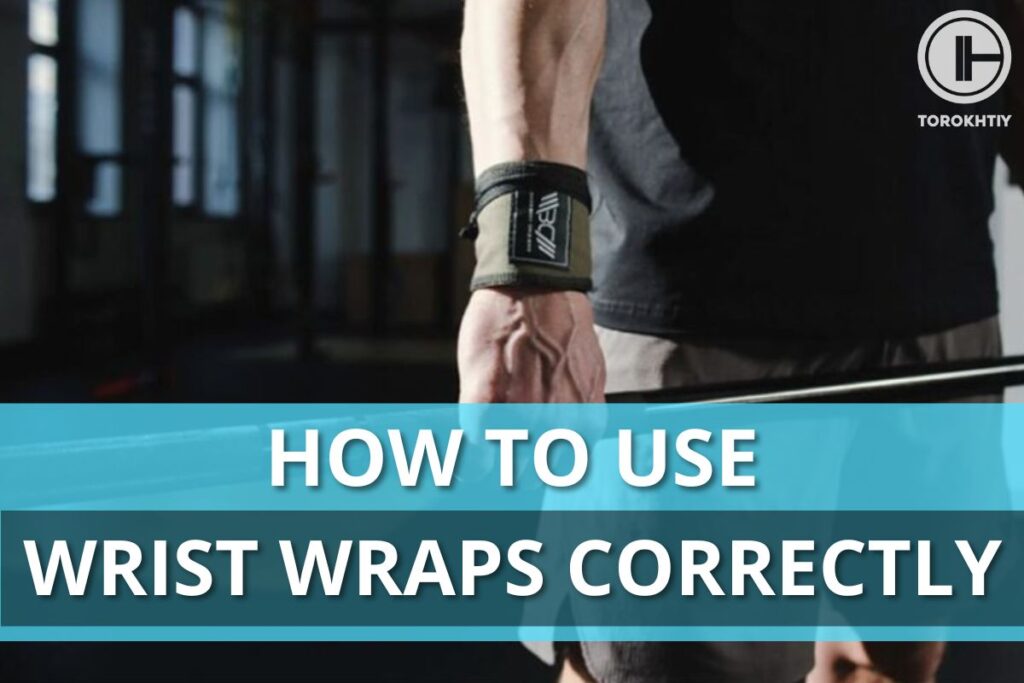
What are Wrist Wraps?
Wrist wraps are a lifting accessory used to stabilize and support the wrist joints during strenuous weightlifting workouts.
They are typically used by Olympic weightlifters, cross-fitters, bodybuilders, strongmen, and other athletes who are required to lift heavy weights whenever they perform pushing or pressing exercises, which need the wrist to support and hold the weight.
The main reason why athletes use wrist wraps for lifting is that they provide additional support to the forearm and wrist and help the hand remain stable whenever the weight is sufficiently heavy.
How To Put On Wrist Wraps Correctly? (Step-By-Step Guide)
Now that we know all about wrist wraps let’s move on to answering a key question – how to use wrist wraps properly. An important note is that many weightlifters assume they know how to put on wrist wrap.
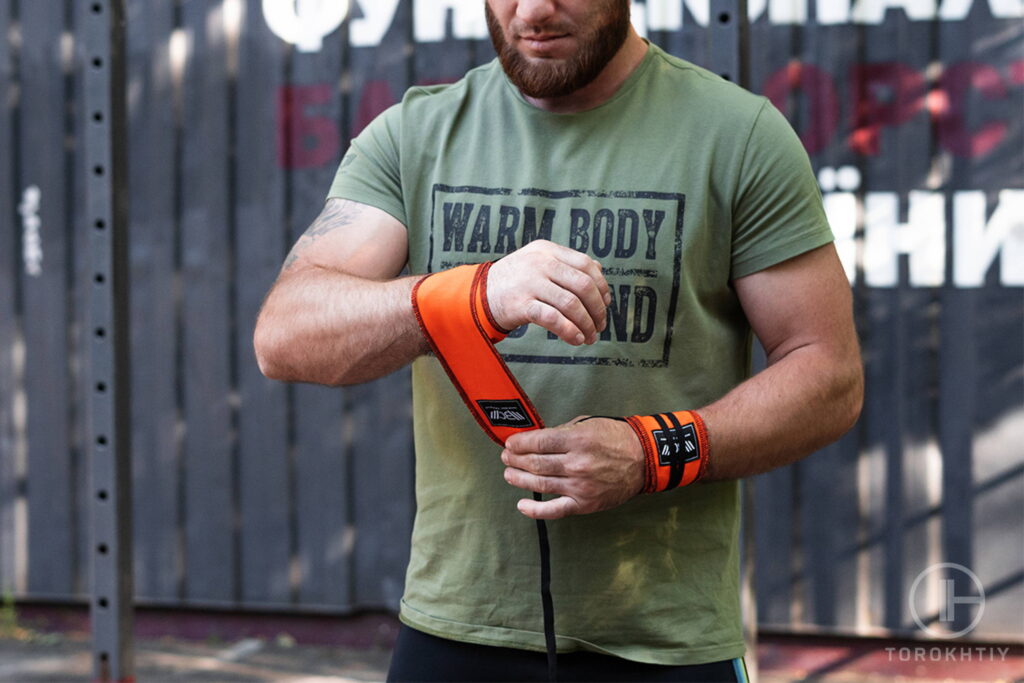
However, in reality, they do not and often find themselves either sustaining minor injuries or simply not finding benefits from the accessory. To avoid that, take a look at our step-by-step guide on how to wear wrist wraps.
1. Find the Thumb Loop
When you take your wrist wraps, you should first find the thumb loop on one of the ends. Once you have it, hold the wrist wrap with the thumb loop pointing upwards.
2. Line the Thumb Loop With Your Wrist
Place the wrist wrap along your wrist and align the thumb loop with your thumb – that way, the fabric of the wrist wrap will be aligned with the portion of your wrist, just below the thumb.
3. Start Wrapping the Material
Here. You get to choose whether you want to put your thumb in the thumb loop or not. If you’ve never worn wrist wraps, check both ways before deciding on one.
Then, before starting to wrap the material around your wrist, find the side of the fabric that doesn’t have Velcro at the end. The Velcro part of the wrist wrap will have to end up on the outside once you’re done wrapping, so wrap the wrist with the Velcro-free side facing your skin.
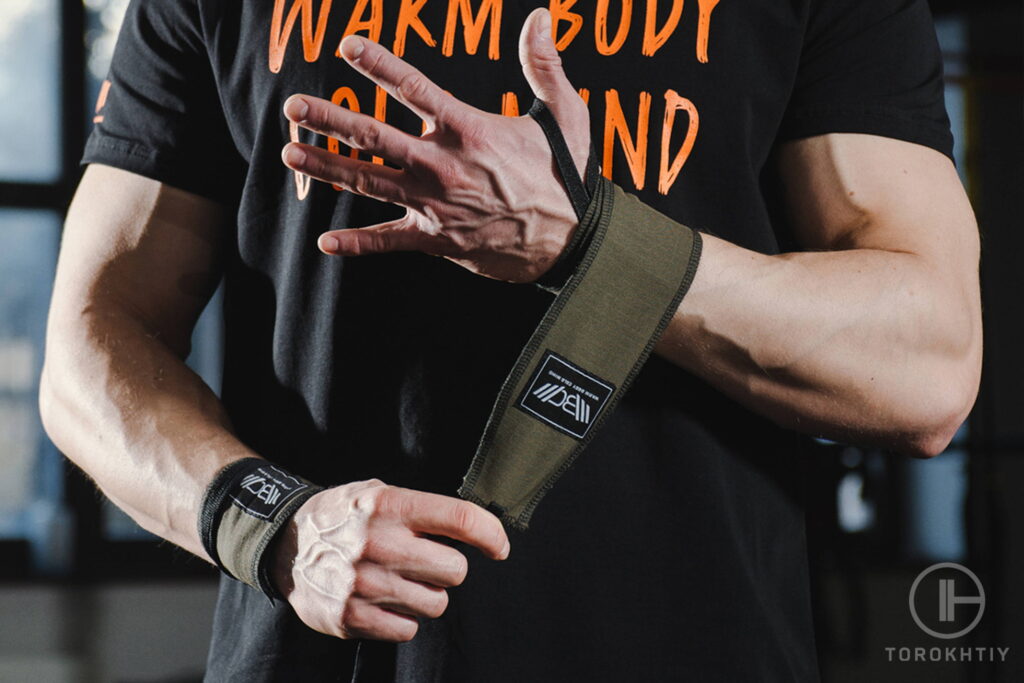
Be sure that you’re not wrapping too low on your wrist/forearm. The upper edge of the wrap should partially cover your hand. If you go too low with wrapping, when you bend your wrist, wrap won’t support it and you will just have a tight bandage on your forearm that does nothing. Experiment with the positioning of the wrap and see which position offers you most support.
4. Finish Wrapping and Repeat
Continue to wrap around the wrist until it’s comfortably tight, then secure it with the Velcro. You may be wondering how tight should wrist wraps be?
Well, that depends on your preferences. However, it’s considered normal for it to be tight enough for the joint to feel stable, but not so tight that it causes blood flow to stop. Once you are finished with one wrist, you can repeat the same process on the other hand.
When Not to Use Wrist Wraps?
Many lifters believe that they know when to use wrist wraps. However, in reality, it seems like that’s not true.
The primary purpose of the wrist wrap is to help stabilize your wrist and provide support to the joint – that’s why it’s useful to wear wrist wraps for bench press and when doing heavy lifting or performing compound exercises such as overhead squats, thrusters, and others.
However, keep in mind that we recommend using wrist wraps for heavy sets, starting from 80% of your 1RM (1 rep max). Wearing wraps too often (when you don’t need them really) can lead to overreliance and potentially weaken your forearm strength and wrist stability over time.
What to Look For When Looking to Buy Wrist Wraps?
If, after reading all of this, you’re now convinced that you have to buy wrist wraps, then here are some of the things you need to look for when choosing your first pair.
1. Length
Typically wrist wraps are available in three sizes – 16”, 24”, and 30”. However, some brands also sell tailored ones for women that are shorter, normally around 12”. Contrary to popular belief, longer wrist wraps aren’t better.
Even though longer wraps are more supportive, they also mean getting a lot of material on your wrist, which might make some exercises harder to perform. That’s why our recommendation is to get short or medium-length wrist wraps, as they are the perfect balance of support and comfort.
2. Material
There are two main materials that are used when creating wrist wraps – cotton and nylon (with velcro). Let’s check out what each of these types is best for.
• Cotton Wrist Wraps
Wrist wraps made from cotton are more breathable, flexible, and typically thinner. They let your wrists breathe and have a really lightweight feel. However, that makes them less supportive and durable. They’re mostly used for lighter exercise days or for when you’re injured and need to have the wrist kept in a particular position.
• Velcro Wrist Wraps
For serious weightlifters, velcro wrist wraps are probably the way to go. They’re more supportive, durable, and long-lasting compared to the cotton ones. This is what makes them ideal for Olympic weightlifting, fitness, and other strength training.
3. Activity Type
As already mentioned while talking about the materials, not all wrist wraps are created equal, and so certain types of wrist wraps are better suited for some activities compared to others. Here’s a short list of workouts and what kind of wrist wraps you might want to use for them:
- Powerlifting: Nylon
- Fitness: Cotton
- Bodybuilding: Both
- General Fitness: Cotton
- Strongman: Nylon
- Olympic weightlifting: Both
In general you can use both of them in any type of activity as it also depends on individual preferences. I personally have both and use them interchangeably, but when I need most support I stick to nylon ones with velcro.
Warm Body Cold Mind wrist wraps
The Warm Body Cold Mind wrist wraps are incredibly durable and adjustable so that both men and women can wear them. We’ve tested them out, and we can tell you that they’re super supportive and comfortable.
The Warm Body Cold Mind wrist wraps can be used for different workouts from fitness to Strongman ones, and overall have shown that they provide the needed support, regardless of how intense the workout gets.
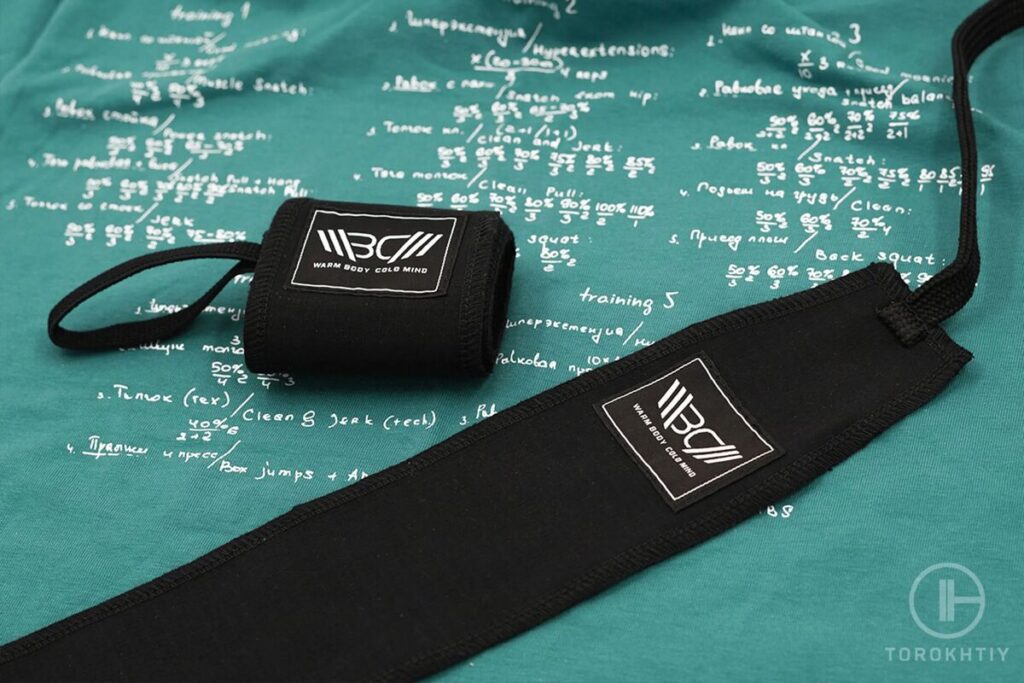
And for those of you that care about your gym style and want to have a cool outfit at all times, these wrist wraps come in four different colors, so you can match them to your outfit of the day.
Warm Body Cold Mind Wraps
This is the premium edition of the Warm Body Cold Mind wrist wraps. We’ve also tested them out, and our verdict is that they’re a perfect fit for those of you that lift heavy daily. This version of the wrist wraps is super strong and durable, thanks to the elastic strap, which has a heavy-duty velcro fastener and cross stitches.
This pair is a must-have for competition days for cross-fitters, Strongman, and Olympic weightlifters, as they will be able to last through strenuous workouts.
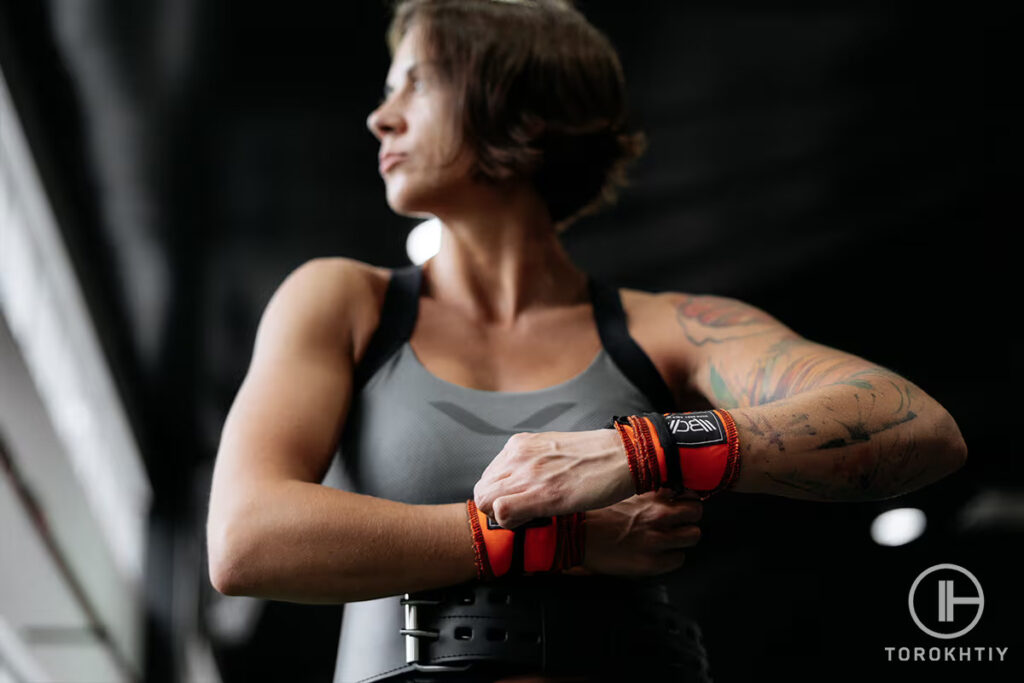
The Warm Body Cold Mind wrist wraps are also made for both men and women as they’re super-adjustable and available in two different lengths – 12” (30cm) and 18” (45cm), so you could choose the right size, depending on the kind of workout you will doing and the size of your wrists.
FAQ
How to Wear Wrist Wraps with Thumb Loop?
If you want to wear the wrist wraps with the thumb loop, you simply have to put your thumb through the loop before you start wrapping the rest of the material around the wrist. Then after you’re done wrapping, simply secure with the velcro end of the wrist wrap.
Do wrist wraps weaken your wrist?
Wrist wraps do not weaken the wrist. Instead, they give more stability and support to the wrist joint so that you stay injury-free, even if you lift heavy daily. They have no impact on the strength of the muscle tissue and cannot impact it in a negative way. There is a chance that wearing them when there is no need might lead to overreliance with time.
Should I use wrist wraps for curls?
There’s no need to use wrist wraps when doing curls. Wrist wraps should be worn for exercises where you lift heavy weight, and your wrist needs to stay in a neutral, straight position, such as bench press, overhead press, push press, and others.
In Conclusion
Wrist wraps are a terrific weightlifting accessory that will help you get more stability and support in the wrist joints during a heavy session. They are a staple for any athlete who competes in sports like Olympic weightlifting, Strongman, and fitness and who trains on a daily basis with a lot of heavy compound movements.
What are your opinions on wrist wraps – have you used them in your training sessions, or are you planning to start? Share your thoughts in the comment section.
Also read:
- Best Elbow Wraps for Lifting
- Best Knee Wraps for Squats
- Best Lifting Straps
- Leather vs Nylon vs Cotton Lifting Straps
- Best Wrist Wraps For Powerlifting
- Wrist Pain From Lifting
References:
- Environmental Health & Safety:
https://ehs.ucsc.edu/programs/ergo/wrist.html - American Society for Surgery of the Hand (ASSH): https://www.assh.org/handcare/blog/advice-from-a-certified-hand-therapist-exercising-without-wrist-pain
- Photos by Torokhtiy Media Team.
Why Trust Us?
With over 20 years in Olympic weightlifting, strength training, nutrition coaching, and general fitness our team does its best to provide the audience with ultimate support and meet the needs and requirements of advanced athletes and professional lifters, as well as people who strive to open new opportunities and develop their physical capabilities with us.
By trusting the recommendations of our certified experts in coaching, nutrition, and sports training programming, as well as scientific consultants, and physiotherapists, we provide you with thorough, well-considered, and scientifically proven content. All the information given in the articles concerning workout programming, separate exercises, and athletic performance, in general, is based on verified data.
The product testing process is described in more detail here.
Author: Jacek Szymanowski
Certified Nutritionist,
M.Sc.Eng. Biotechnology
Performance Architect,
Strength and Conditioning Specialist
With over 30 years of fighting experience, specialization in nutrition coaching for athletes, and expertise in metabolic health and dietary strategies, Jacek offers a comprehensive approach to optimizing your performance and well-being. Backed by a Master of Science degree in Biotechnology, Jacek remains at the forefront of scientific advancements, ensuring that his coaching is always evidence-based and up-to-date.
Reviewed by: Oleksiy Torokhtiy
Olympic Weightlifting Champion
Best Results: Snatch – 200 kg,
C&J – 240 kg
Oleksiy Torokhtiy is a professional athlete boasting 20 years of experience in Olympic weightlifting. With multiple European and World titles under his belt, he has showcased his prowess in two Olympic Games (Beijing 2008 and London 2012). Upon concluding his illustrious career, Oleksiy dedicated himself to coaching. By 2022, he had conducted over 200 weightlifting seminars worldwide. He is the visionary behind an international sportswear and accessories brand known for its motto, “Warm Body Cold Mind.” Additionally, he is an esteemed author and the creator of a series of training programs and eBooks.




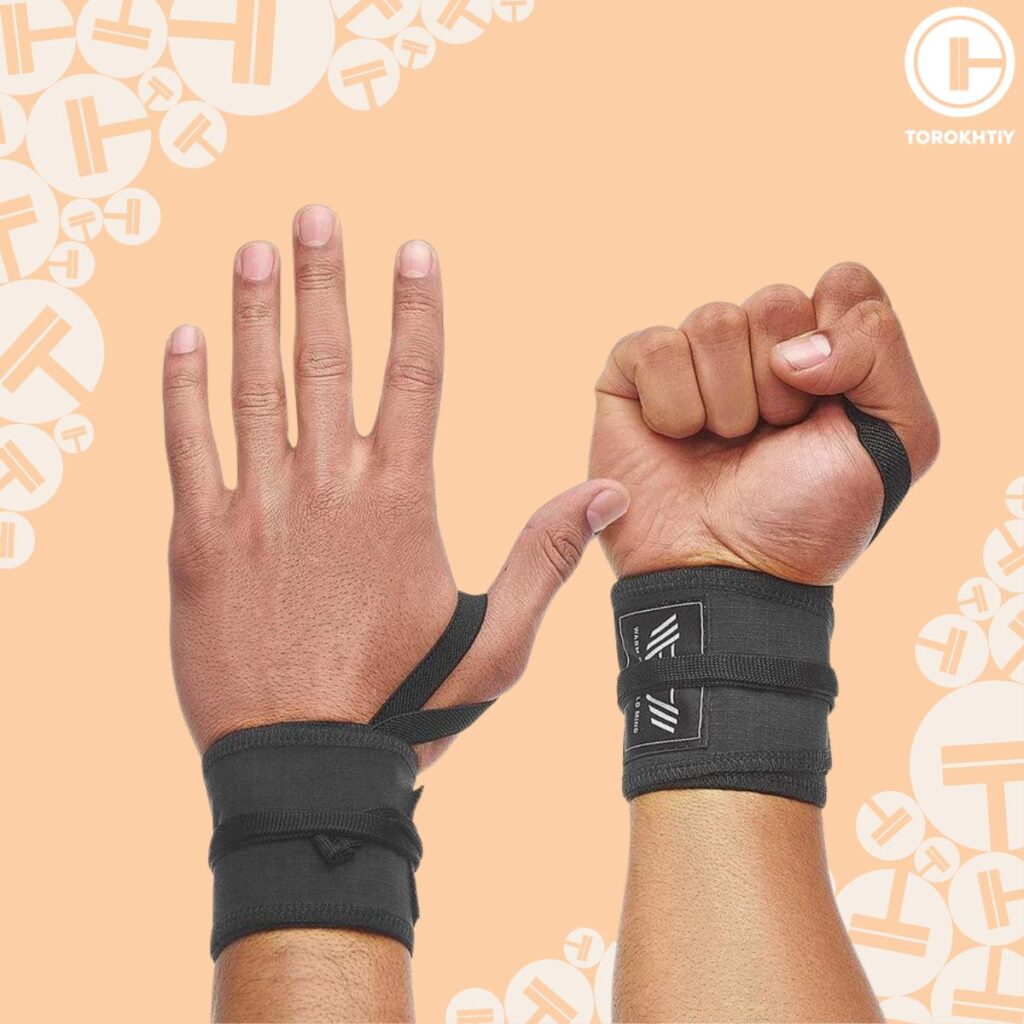
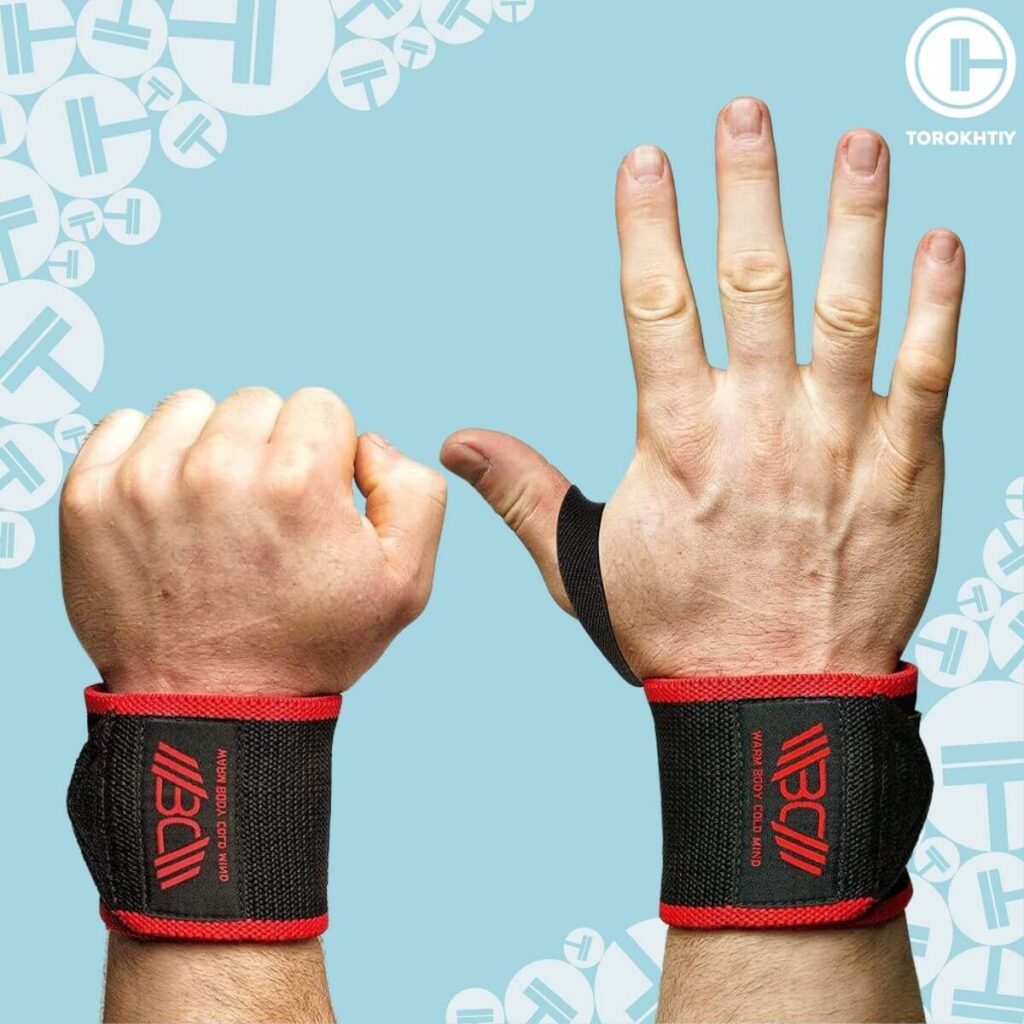
Still have questions after reading our article? Unlock your full potential by engaging with our experts and community! Don’t hesitate — leave a comment below and Jacek Szymanowski will provide a personalized answer and insights to help you reach your goals.